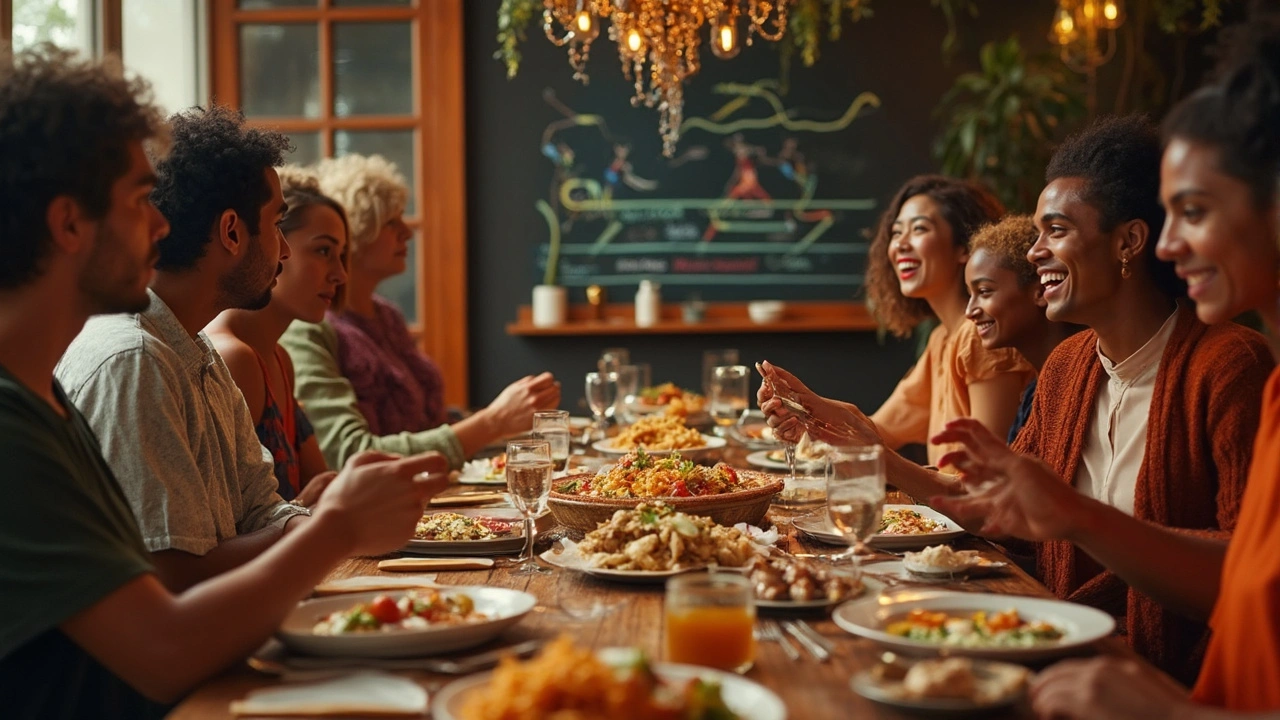Want to eat smarter without messing up your prescriptions? Small food choices make a big difference. This guide gives clear, practical tips you can use today—timing, swaps, and specific food-drug pairs to watch for.
1) Time matters. Some medicines need an empty stomach or a delay after eating. For example, take levothyroxine first thing in the morning and wait 30–60 minutes before breakfast so absorption isn’t reduced.
2) Keep a simple food-med log for a week: note what you eat, when you take meds, and any side effects. That makes patterns obvious to you and your clinician.
3) Hydrate. Water helps tablets dissolve and reduces nausea. Aim to take pills with a full glass, unless the leaflet says otherwise.
Grapefruit and certain heart or cholesterol meds: Grapefruit juice can change how some drugs are broken down, making them stronger or affecting safety. If a label warns against grapefruit, don’t risk it—use other juices or water.
Dairy and tetracycline/quinolone antibiotics: Calcium binds these antibiotics. If you’re on tetracycline or similar, avoid milk, yogurt, or calcium supplements within two hours of the dose.
Soy, high-fiber meals, and thyroid pills: Foods like soy or very high-fiber meals can reduce levothyroxine absorption. Keep a 30–60 minute gap after taking the pill, or follow your doctor’s timing advice.
Alcohol and some antifungals or antidepressants: Mixing alcohol with drugs like fluconazole or certain antidepressants can increase side effects. When an article warns about alcohol interactions, take it seriously—skip the drink while on the course.
High-purine foods and gout meds: If you’re on allopurinol or managing gout, cut back on red meat, organ meats, and some shellfish. Swap in beans, low-fat dairy, and more veggies to help uric acid control.
Need examples? Try these swaps: replace a red-meat dinner with grilled salmon or a lentil stew twice a week; choose oatmeal with berries for breakfast instead of a sugary pastry; use water or herbal tea if you can’t have grapefruit juice.
Final practical step: always read medication leaflets and ask two questions at every appointment—"Should I avoid any foods or drinks?" and "When exactly should I take this with respect to meals?" Your pharmacist can also walk you through interactions in plain language.
Food choices don’t have to be complicated. A few smart swaps and small timing changes protect your meds and boost your health. If something feels off after a meal or medicine, call your healthcare provider—quick fixes are often simple once you spot the pattern.

Orlistat is a popular weight-loss medication that works by preventing the absorption of fats from your diet. Adapting traditional cultural diets while using Orlistat might seem challenging, but with the right tips and tricks, you can make it work. This article explores how different cultural diets can be adjusted while taking Orlistat. Discover practical advice for maintaining a balanced diet and enjoying your cultural foods without compromising on weight loss goals.